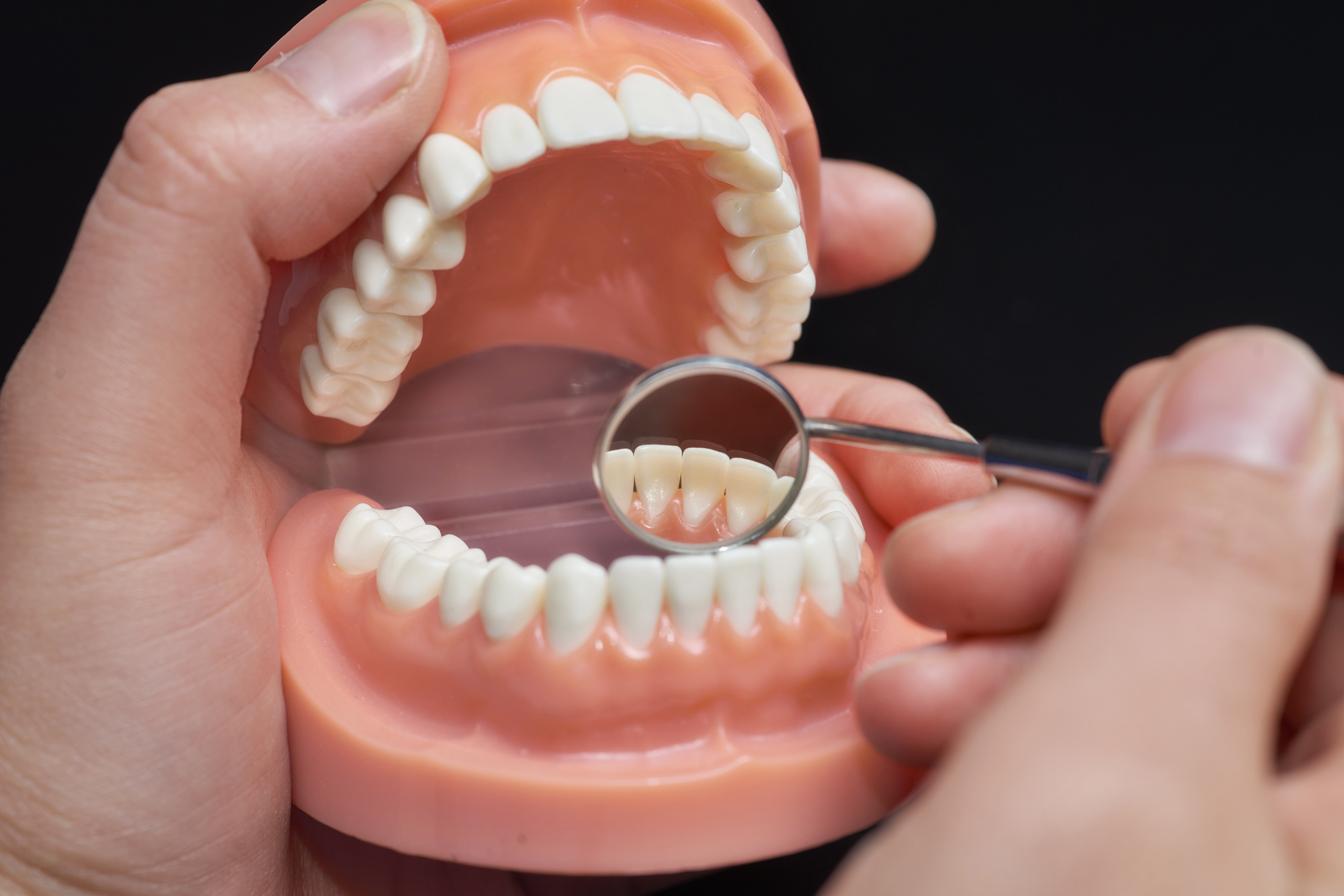What's Better, Dental Crown Or Bridge? Expert Advice

When it comes to restoring damaged or missing teeth, two of the most common options are dental crowns and dental bridges. Both have their own set of advantages and disadvantages, and the choice between them depends on various factors, including the extent of the damage, the location of the tooth, and the patient’s overall oral health.
To make an informed decision, it’s essential to understand the differences between dental crowns and bridges, as well as the scenarios in which each is most suitable. In this article, we’ll delve into the world of dental restorations, exploring the pros and cons of each option, and provide expert advice to help you make the best choice for your unique situation.
Dental Crowns: A Comprehensive Overview
A dental crown is a tooth-shaped cap that covers the entire visible portion of a tooth, restoring its shape, size, and function. Crowns are typically made from porcelain, ceramic, or gold, and are designed to withstand the forces of chewing and biting. There are several types of dental crowns, including:
- Full-metal crowns: Made from gold, silver, or other metals, these crowns are durable and long-lasting but may not be as aesthetically pleasing as other options.
- Porcelain-fused-to-metal crowns: These crowns combine the strength of metal with the natural appearance of porcelain, making them a popular choice for many patients.
- All-ceramic crowns: Made from advanced ceramic materials, these crowns are ideal for patients who want a natural-looking restoration that’s also durable and long-lasting.
Dental crowns are often used to:
- Repair cracked or broken teeth
- Restore teeth that have undergone root canal therapy
- Cover dental implants
- Enhance the appearance of misshapen or discolored teeth
Dental Bridges: A Viable Alternative
A dental bridge is a prosthetic tooth (or teeth) that’s anchored to surrounding teeth using crowns or adhesive. Bridges are designed to fill the gap left by missing teeth, restoring the natural appearance and function of the smile. There are several types of dental bridges, including:
- Traditional bridges: These bridges use crowns to anchor the prosthetic tooth to adjacent teeth.
- Cantilever bridges: These bridges use a single crown to anchor the prosthetic tooth to one adjacent tooth.
- Maryland bridges: These bridges use a metal or ceramic framework to anchor the prosthetic tooth to adjacent teeth.
Dental bridges are often used to:
- Replace one or more missing teeth
- Restore the natural appearance of the smile
- Improve chewing and speaking abilities
- Prevent surrounding teeth from shifting out of position
Comparison of Dental Crowns and Bridges
| Dental Crowns | Dental Bridges | |
|---|---|---|
| Purpose | Restore a single tooth | Replace one or more missing teeth |
| Materials | Porcelain, ceramic, gold | Porcelain, ceramic, gold, metal |
| Procedure | Typically requires two visits | Typically requires two visits |
| Cost | Varies depending on material and location | Varies depending on type and location |
| Durability | 10-20 years or more | 5-15 years or more |

Expert Advice: Choosing the Right Option
So, which is better – a dental crown or bridge? The answer depends on your unique situation and oral health needs. Here are some expert tips to help you make the right choice:
- If you have a damaged tooth, a dental crown may be the best option. Crowns are designed to restore a single tooth, and can be used to repair cracks, breaks, or other forms of damage.
- If you’re missing one or more teeth, a dental bridge may be the better choice. Bridges are designed to replace missing teeth, and can be used to restore the natural appearance and function of the smile.
- Consider the location of the tooth: If the missing tooth is in a visible area of the mouth, a dental bridge may be preferred for aesthetic reasons.
- Think about the condition of surrounding teeth: If the surrounding teeth are weak or damaged, a dental bridge may not be the best option. In this case, a dental crown or implant may be a better choice.
- Discuss your options with your dentist: Ultimately, the choice between a dental crown and bridge depends on your unique oral health needs and goals. Be sure to discuss your options with your dentist, who can provide personalized advice and guidance.
How long do dental crowns and bridges last?
+Dental crowns can last 10-20 years or more, while dental bridges can last 5-15 years or more. The lifespan of both crowns and bridges depends on various factors, including oral hygiene, diet, and overall health.
Are dental crowns and bridges painful?
+Most patients experience minimal discomfort during the procedure, and any pain or sensitivity can be managed with local anesthesia and over-the-counter pain medication.
Can dental crowns and bridges be whitened?
+Dental crowns and bridges cannot be whitened in the same way as natural teeth. However, they can be designed to match the color of surrounding teeth, and can be replaced or refurbished if they become discolored over time.
In conclusion, both dental crowns and bridges are effective options for restoring damaged or missing teeth. By understanding the differences between these two restorations, and considering your unique oral health needs and goals, you can make an informed decision that’s right for you. Remember to discuss your options with your dentist, who can provide personalized advice and guidance to help you achieve a healthy, beautiful smile.
